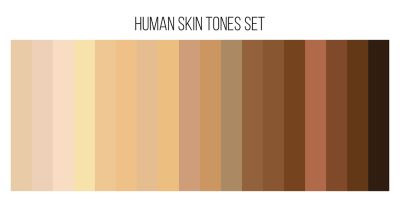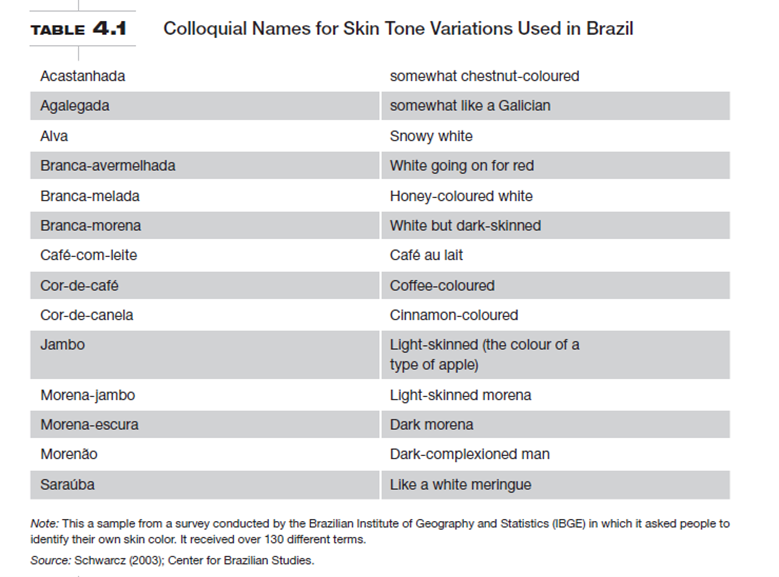You are in: North America
Change location
You are here
Sage College DEI - Global Understanding of Inequality

A Revitalizing Content for a Global Understanding of Inequality:
A Focus on Photos, Graphics, and Data
By Tiara Beatty, Associate Content Development Editor
February 9, 2022

When we work with an author on a new edition or first-edition manuscript, we take the time to examine coverage of DEI topics to see what can be improved. In one of our social inequality books, we decided to revamp the figure and photo program to align with Sage’s Diversity, Equity, and Inclusion efforts. Our goal was to have a visual representation of the various types of inequality that exist in different social structures and in different countries.
We began this process by evaluating the text in relation to the existing figures and photos. The author already had a great representation of different forms of inequality in the text and we wanted to enhance that representation through the visual components. The author connected information across chapters to allow students to see how our race, gender, sexuality, ability, and social class interact and intersect to form our place in society. Therefore, it was important that each figure, table, and photo not only serve the immediate text surrounding it, but also the book as a whole.
We researched data and statistics that would support the concepts being explained at both the macro and micro level. In the same chapter, both data from the United States and from other countries were used in figures to allow students to compare the inequalities of different societies. This allows students to explore social constructs outside of the ones they are familiar with. In fact, many items worked in tandem to support the text. For example, when the author discussed skin tone inequality that exists in Brazil, we utilized a table with a sample of the various colloquial names for skin tones and featured a photo of a set of skin tones on the following page to allow students to grasp the intricacies of colorism.

We conducted extensive research to find significant and rare photos depicting people who have experienced inequality due to the way they identify and the way they are presented to society. For example, we included a photo of a 20th century Albanian sworn virgin, a woman who takes an oath of sexual abstinence in young adulthood and “becomes” a man to earn money and protect their family. Also, many photos we selected depict historical locations affected or established to uphold inequality, or events where people are protesting inequality. These allow students to see the similarities between, for example, South African apartheid entrance signs that separated whites and non-whites, as well as housing segregation signs that were prominent and legal in Detroit, Michigan, in 1942. Additionally, photos and discussions of the Bolivian water war and the Flint water crisis are clear examples of the interconnectivity of poverty, racism, classism, and social problems, leading people to protest. These types of photos allow students to gain a better understanding of the tangible and intangible aspects of inequality and how it weaves its way into daily life.
These figures, tables, and photos are used to enhance the student’s understanding of the different kinds of inequality and how they interact with one another. Once combined, all these elements offer a well-rounded learning experience.
- Beyond the Canon
- Representation throughout Business Cases and Examples
- Updating Language for Sensitivity
- Answering the Call for Inclusivity
- Cozy Up with the Radical Copyeditor
- Putting Classic Research into Modern Context
- New Coauthors Add the Perspective We Knew We Were Missing
- Systematic Manuscript Checks and Focused Content Reviews
- Using Sensitivity Reviews to Tackle Difficult Topics
- A Focus on Photos, Graphics, and Data
